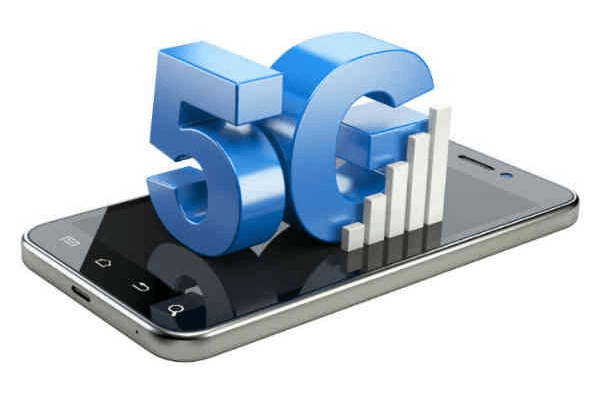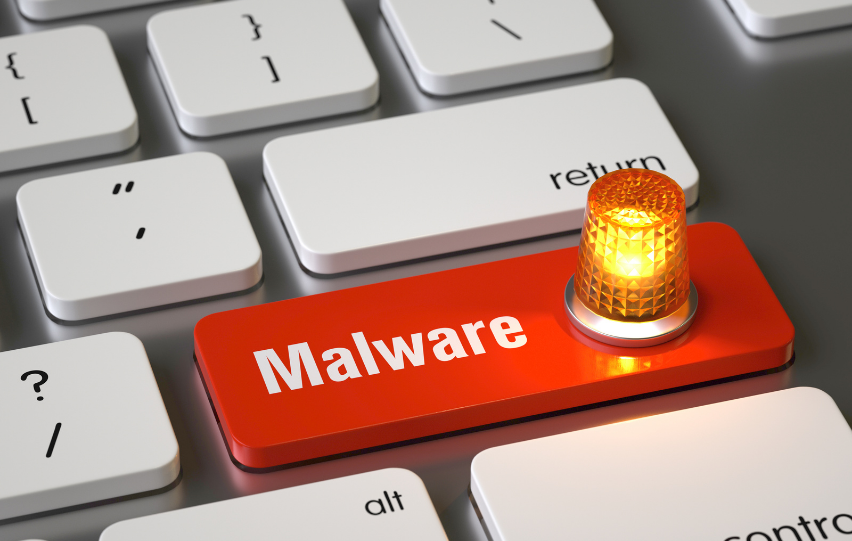If you are following the recent story that global 5G subscriptions is expected to exceed one billion by end of 2022, according to an Ericsson report, here’s touching base to share comment from Andrey Suvorov, Head of KasperskyOS Business Unit at Kaspersky.
Comment from Andrey Suvorov, Head of KasperskyOS Business Unit at Kaspersky
According to a new Ericsson report, the number of 5G mobile subscriptions will reach 1 billion worldwide by the end of 2022. The number of service providers launching standalone 5G networks is expected to double this year. This 5G expansion brings more opportunities not only to subscribers, but also to telecommunication companies, along with the need for dedicated cyber-protection measures.
RELATED: 5G ready phones grew by 60% in 2021
5G has brought around the skyrocketing production and exchange of data, along with an increase in the use of cloud services and the adoption of various IoT infrastructures, with more devices generating more data.
This will affect many industries such as manufacturing, transport, retail and healthcare, as well as other industries that were not very digitalised before – for example, farmers could adopt devices to measure moisture and soil temperature and potentially even develop full farm automation.
The IoT expansion, thanks to 5G, will require associated security countermeasures: IoT security gateways with built-in immunity to cyberthreats and new cybersecurity services, such as infrastructure security assessments.
For telcos and service providers, this means more opportunities to sell value-added services, such as using associated security solutions to scan customers’ 5G-enabled IoT traffic, saving customers from having to deploy these solutions themselves.
Another new security aspect that will need addressing is remote computing (where all CPU and RAM-hungry tasks would be offloaded onto cloud backends). This would mean that the security of remote APIs and DDoS protection could become additional value-added services.
In industrial enterprises, 5G can also empower the mobile workforce. It will enable the use of mobile devices for equipment and system management through dedicated applications inside the OT perimeter. These devices will also need specialised protection to meet the high OT security requirements.
SMBs and consumers will adopt 5G faster if it is easily available, cheap, easy to use – and secure. The first two aspects are clearly the responsibility of the telcos.
The second two, whilst less obvious, also go hand-in-hand with the first, as telcos provide 5G connectivity bundled together with leased hardware (5G Access Points/Routers and IoT endpoints coming together with security gateways etc.) and services.
Using 5G must become as effortless as possible to be picked up by both consumers and SMBs. And here telcos and service providers can explore new business opportunities, such as ‘smart-home-in-a-box’, complete with bundled security solutions or security services bundled with an SD-WAN offering.





























